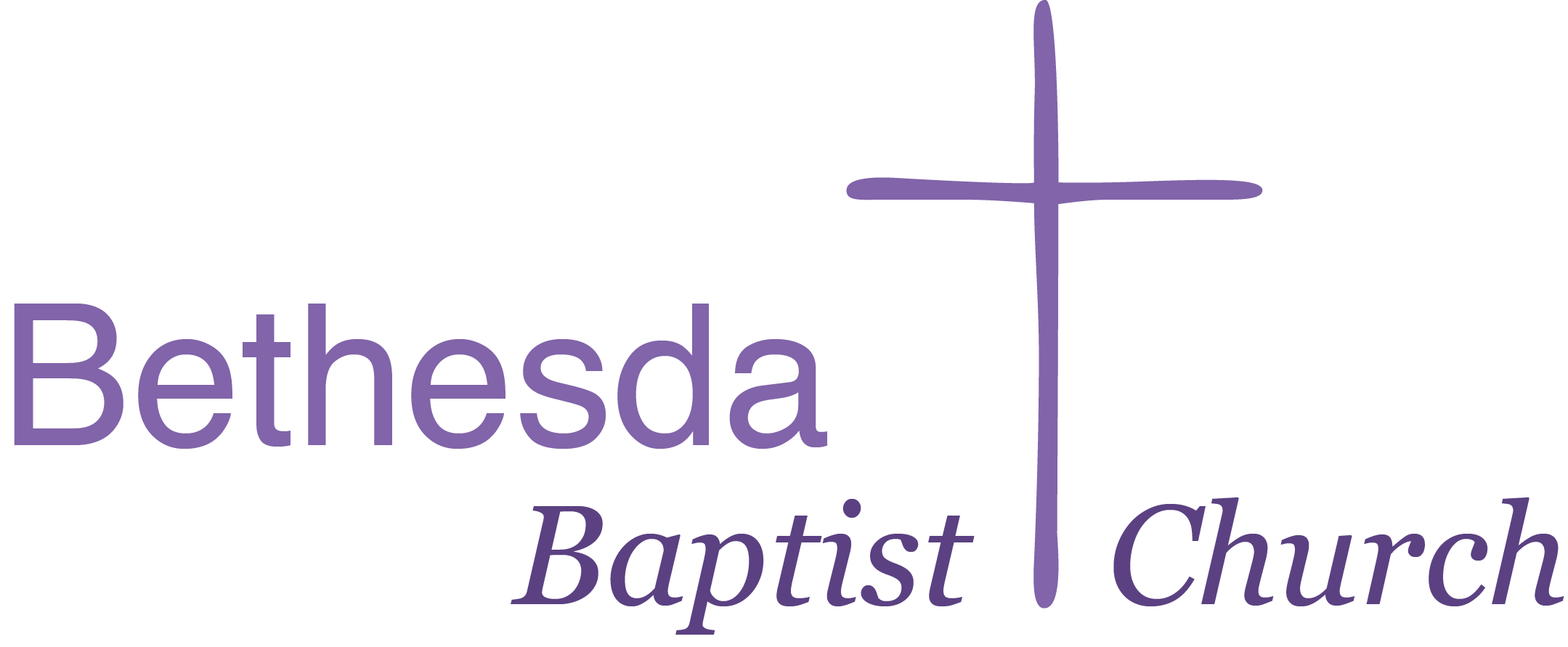What are the key components of a successful iGaming advertising strategy?
Quote from Smith Jones on 30/05/2025, 11:25 amA successful iGaming advertising strategy blends targeted marketing, creative messaging, and data-driven optimization to attract and retain players in a highly competitive market. Here are the key components that make such a strategy effective:
Targeted Audience Segmentation
- Identify and segment your audience by demographics, gaming preferences (e.g., sports betting, casino games, poker), location, and behavior.
- Tailor campaigns to each segment for higher relevance and engagement.
Compelling Creative Content
- Use eye-catching visuals, engaging videos, and clear, persuasive copy that highlight your unique selling points like bonuses, game variety, or fast payouts.
- Maintain brand consistency while adapting content to different channels.
Multi-Channel Marketing
- Leverage a mix of channels: paid search (PPC), display ads, native ads, social media, affiliate marketing, and email campaigns.
- Ensure your ads reach users where they spend the most time and are most likely to convert.
Data-Driven Optimization
- Continuously track key metrics such as click-through rates (CTR), conversion rates, and player lifetime value (LTV).
- Use analytics and A/B testing to optimize campaigns in real time and maximize ROI.
Compliance and Responsible Gaming
- Ensure all advertising materials comply with legal and regulatory requirements in your target markets.
- Promote responsible gaming messages to build trust and avoid penalties.
Effective Retargeting and CRM
- Implement retargeting campaigns to re-engage users who showed interest but didn’t convert.
- Use Customer Relationship Management (CRM) tools to nurture players with personalized offers and communications.
By integrating these components, an iGaming advertising strategy can efficiently attract high-quality players, build brand loyalty, and drive sustainable growth in a competitive market.
A successful iGaming advertising strategy blends targeted marketing, creative messaging, and data-driven optimization to attract and retain players in a highly competitive market. Here are the key components that make such a strategy effective:

Targeted Audience Segmentation
- Identify and segment your audience by demographics, gaming preferences (e.g., sports betting, casino games, poker), location, and behavior.
- Tailor campaigns to each segment for higher relevance and engagement.
Compelling Creative Content
- Use eye-catching visuals, engaging videos, and clear, persuasive copy that highlight your unique selling points like bonuses, game variety, or fast payouts.
- Maintain brand consistency while adapting content to different channels.
Multi-Channel Marketing
- Leverage a mix of channels: paid search (PPC), display ads, native ads, social media, affiliate marketing, and email campaigns.
- Ensure your ads reach users where they spend the most time and are most likely to convert.
Data-Driven Optimization
- Continuously track key metrics such as click-through rates (CTR), conversion rates, and player lifetime value (LTV).
- Use analytics and A/B testing to optimize campaigns in real time and maximize ROI.
Compliance and Responsible Gaming
- Ensure all advertising materials comply with legal and regulatory requirements in your target markets.
- Promote responsible gaming messages to build trust and avoid penalties.
Effective Retargeting and CRM
- Implement retargeting campaigns to re-engage users who showed interest but didn’t convert.
- Use Customer Relationship Management (CRM) tools to nurture players with personalized offers and communications.
By integrating these components, an iGaming advertising strategy can efficiently attract high-quality players, build brand loyalty, and drive sustainable growth in a competitive market.
